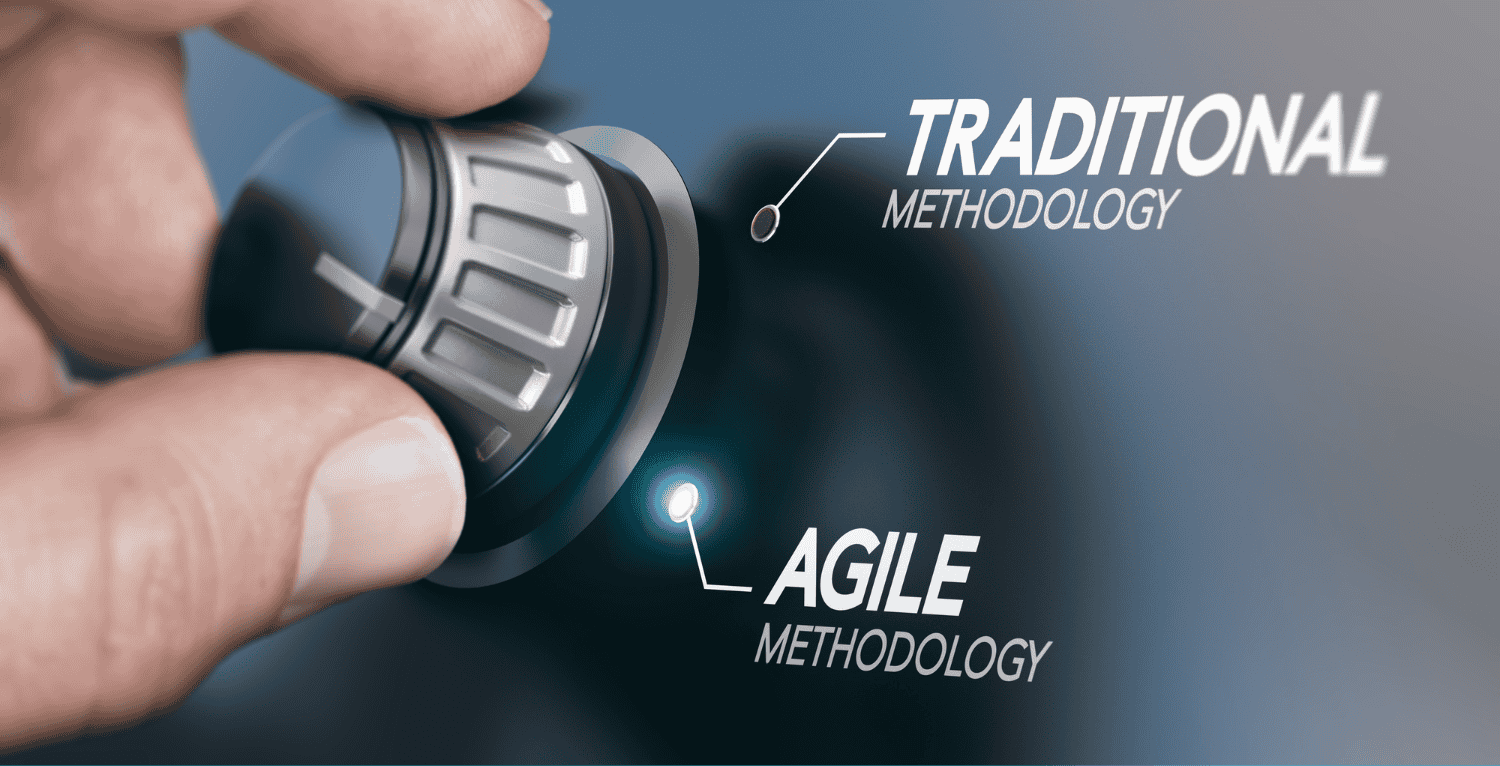
Might Agile Methodology Be Just What HR is Looking For? Part 1
Traditionally, HR workstreams could be organised into four sections: cyclical activities such as engagement surveys; reactive client focused work such as performance management; proactive business improvement such as organisational design and learning initiatives; and projects such as change programmes and process improvements. Often, as the speed of organisations influence the ability to deliver well, HR is left wanting in non-operational areas.
However, agile HR methodology may be a solution to keeping pace.
Agile in HR is quickly gaining traction across the globe, proving particularly popular in countries such as Australia and New Zealand. Essentially, agile methodology aims to achieve a unifying, specific goal in a much shorter amount of time. This is often done by combining a team of multi-disciplinary individuals from across the company and having them each take on activities that together, create momentum behind the activity that is broken down into smaller components of a larger goal. This group, known as a ‘squad’, will exchange and update their progress on a regular basis, gathering stakeholder feedback along the way so they can adjust their work real time, and deliver an outcome that more closely matches the needs of the recipients. This way of working is conducted in short cycles, or ‘sprints’, and keeps the squad focused, energised, and on the right track.
Whilst agile methodology will look different depending on the desired goal, there are a few staple factors of this methodology that will be consistent no matter what the intent:
- Multi-Disciplinary Teams – when forming a squad, it is important to identify all the relevant perspectives you will need to be represented in the team. The idea is to bring different perspectives and skillsets together to operate more efficiently, and to consider all perspectives in order to achieve the desired outcome. Within the HR function, a multi-disciplinary team might include various members of the HR sub-functions as well as stakeholders and external consultants.
- Stricter Timeframes – sprints will typically be between two weeks to a month. The idea of agile is that the squad rapidly deploys an outcome, so the roadmap is precise and regularly updated based on feedback and progress. This is different from traditional project management, in that everyone sees and hears about progress on a much more regular basis and can influence the next steps in real time. Goals can be achieved at a much faster rate due to the mix of skillsets, viewpoints, and feedback collaborating towards a common outcome. There are clear roles, responsibilities, and deadlines.
- Transparency – part of the process involves everyone being honest about what they have and can complete within the timeframe the squad is working within. This requires transparency, vulnerability, and trust. As a multi-disciplinary squad, it is therefore important that everyone knows exactly what they are responsible for and the deadline for delivery. Many people new to agile can find it difficult to be so transparent and fear they are letting the squad down if they don’t complete their tasks. However, what happens in a squad that has pushed through this obstacle is that everyone supports each other, as the common goal overrides everything else.
So, might Agile be what HR has been looking for to help deliver timely solutions that create value for their client groups?
Check back here tomorrow for Part 2 where I outline the potential limitations or obstacles you might face and how you can overcome these when using agile methodology.
In the meantime, if you would like to discuss the practicalities of activating agile methodology in HR in more detail, please get in touch with me at clare.parkes@orgshakers.com